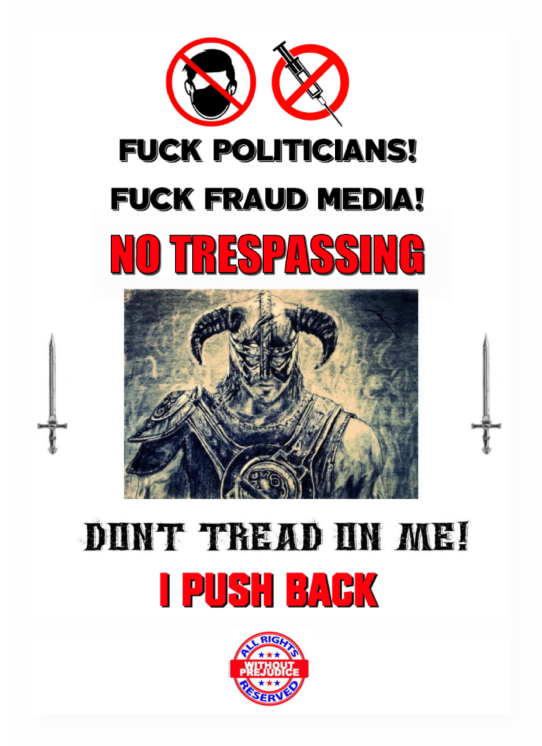
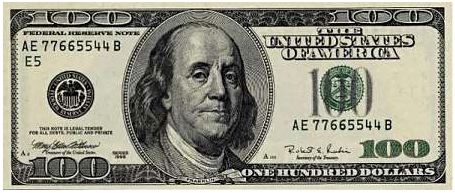


MONEY. In usual
and ordinary
acceptation it means gold,
silver, or paper money used as circulating medium of exchange, and does
not embrace notes, bonds, evidences of debt, or other
personal or real
estate. Lane v. Railey, 280 Ky. 319, 133 S.W.2d 74, 79, 81.
BLACK’S LAW DICTIONARY, 4th
Edtiton, p. 1157.
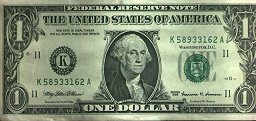
“THIS NOTE IS LEGAL TENDER FOR ALL DEBTS PUBLIC AND PRIVATE”
TENDER. An offer..
BLACK’S LAW DICTIONARY, 4th Edition, p. 1637
DOLLAR, money. A
silver coin of the United States
of the value of one hundred cents, or tenth part of an eagle.
2. It weighs
four hundred and
twelve and a half grains. Of one thousand parts, nine hundred
are
of pure silver and one hundred of alloy. Act of
January 18, 1837,
ss. 8 & 9, 4 Sharsw. Cont. of Story's L. U. S. 2523, 4; Wright,
R.
162.
Bouvier’s Law Dictionary, 1856[Emphasis added]
DOLLAR. The unit
employed in the
United States in calculating
money values. It is coined both in gold and silver, and is of
the
value of one hundred cents. People v. Alba, 46 Cal.App.2d
8959, 117
P.2d 63. Money or currency issued by lawful authority and
intended
to pass and circulate as such. Neufield v. United States, 118
F.2d
375, 387, 73 App.D.C. 174. The dollar of
nine-tenths fine consisting
of the weight determined under the 31 U.S.C.A.§321, shall be the
standard
unit of value, and all forms of money issued or coined shall
be maintained
at a parity of value with this standard. 31 U.S.C.A. §314
Black’s Law Dictionary, 4th Edition.[Emphasis added]

This then
does not meet the legal
definition of
"MONEY"
Constitution for the United States of America
Article 1, Section 10 Absolute prohibitions on the States. No State shall... ...make anything but gold and silver coin a tender in payment of debts;...

Minnesota
Statutes Annotated 532.38 required that the Appellant, First National
Bank of Montgomery, deposit with the Clerk of the District Court within
ten (10) days, two ($2.00) Dollars (lawful money of the United States)
for payment to the Justice of the Peace before whom the cause was
tried. This is one of the conditions for the allowance of
an appeal. Two One ($1.00) Dollar Federal Reserve Notes
were deposited with the Clerk of the District Court. One was issued by
the Federal Reserve Bank of San Francisco, bearing Serial No. L12782836
and the other on deposit was issued by the Federal Reserve Bank of
Minneapolis bearing serial number I80410697A.
This Court
determined that said Notes on their face were contrary to Article 1,
Section 10 of the Constitution of the United States and also, based
upon the evidence deduced at the hearing on December 7, 1968, the Notes
were without any lawful consideration and therefore were void; however,
this Court indicated it would give the Plaintiff, First National Bank
of Montgomery, a full and complete hearing with reference to this issue.
3.
As is evidenced from the book "The Federal Reserve System, Its Purposes
and Functions:” put out by the Board of Governors of the Federal
Reserve System, Washington, D. C., 1963, and from other evidence
adduced herein, the said Federal Reserve Banks and National Banks
create money and credit upon their books and exercise the ultimate
prerogative of expanding and reducing the supply of money or credit in
the United States.
The creation of this money or credit constitutes the creation of fiat
money upon the books of these banks.
When
the Federal Reserve Banks and National Banks acquire United States
Bonds and Securities, State Bonds and Securities, State Subdivision
Bonds and Securities, mortgages on private Real property and mortgages
on private personal property, the said banks create the money and
credit upon their books by bookkeeping entry. The first
time that the money comes into existence is when they create it on
their bank books by bookkeeping entry. The banks create it
out of nothing. No substantial fund of gold or silver is back of it, or
any fund at all.
The mechanics followed in the acquisition of
United States Bonds are as follows: The Federal Reserve Bank
places its name on a United States Bond and goes to its banking books
and credits the United States Government for .an equal amount of the
face value of the Bonds.
The money or credit first comes into existence when they create it on
the books of the bank.
The
Federal Reserve Bank of Minneapolis obtains Federal Reserve Notes in
denominations of One ($1.00) Dollar, Five, Ten, Twenty, Fifty, One
Hundred, Five Hundred, One Thousand, Ten Thousand, and One Hundred
Thousand Dollars for the cost of the printing of each note, which is
less than one cent. The Federal Reserve Bank must deposit
with the Treasurer of the United States a like amount of Bonds for the
Notes it receives. The Bonds are without lawful
consideration, as the Federal Reserve Bank created the money and credit
upon the books by which they acquired the Bond.
The
net effect of the entire transaction is that the Federal Reserve Bank
obtains Federal Reserve Notes comparable to the ones they placed on
file with the Clerk of the District Court, and a specimen of which is
above, for the cost of printing only. Title 31 U.S.C.,
Section 462 (See page 41) attempts to make Federal Reserve Notes a
legal tender for all debts, public and private.
From 1913 down
to date, the Federal Reserve Banks and the National Banks are privately
owned. As of March 18, all gold backing is removed from the said
Federal Reserve Notes. No gold or silver backs up these
notes. The Federal Reserve Notes in question in'this case
are unlawful and void upon the following grounds:
IN CONCLUSION, it is therefore the further judgment and
determination of this Court:
1. That the original
Judgment entered herein on December 9, 1968 is in all respects
confirmed.
2.
That the Federal Reserve Notes on deposit with the Clerk of the
Court are not lawful money of the United States; are in violation of
the. Constitution of the United States and are not valid for any
purpose.
3.
That M.S.A. 532.38 requiring $2.00 to be deposited with the Clerk
of District Court within ten (10) days of the entry of Judgment was not
complied with. That the conditions prerequisite to this Court allowing
an appeal have not been complied with. That this Court's Notice of its
Refusal to Allow Appeal dated January 6, 1969 is hereby made absolute.
0.01 cent to print (invest) this:
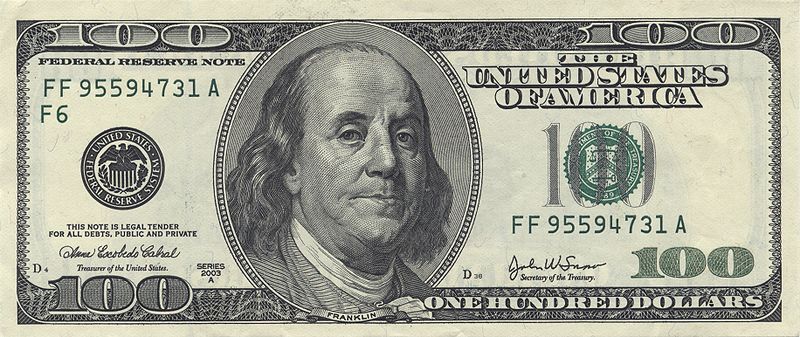
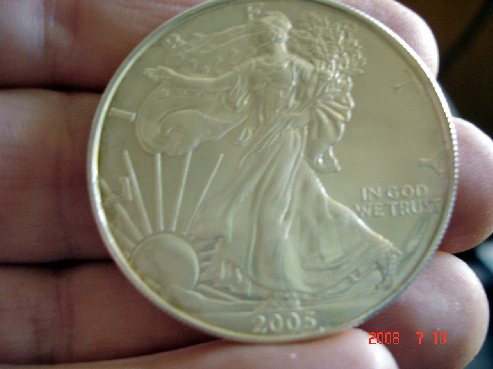
Read: The Coinage Act of April 2, 1792 (1 Stat. 246)
Consider
for a moment all the people who fill out a 1040 Form.
They're claiming UNDER PENALTY OF PERJURY they earn INCOME and
then sign that form, put it in an envelope and then put stampt on it
and then put it the mail box. If they've never seen the
definition of INCOME then chances are really good they committed MAIL
FRAUD. That's not good.
Click


